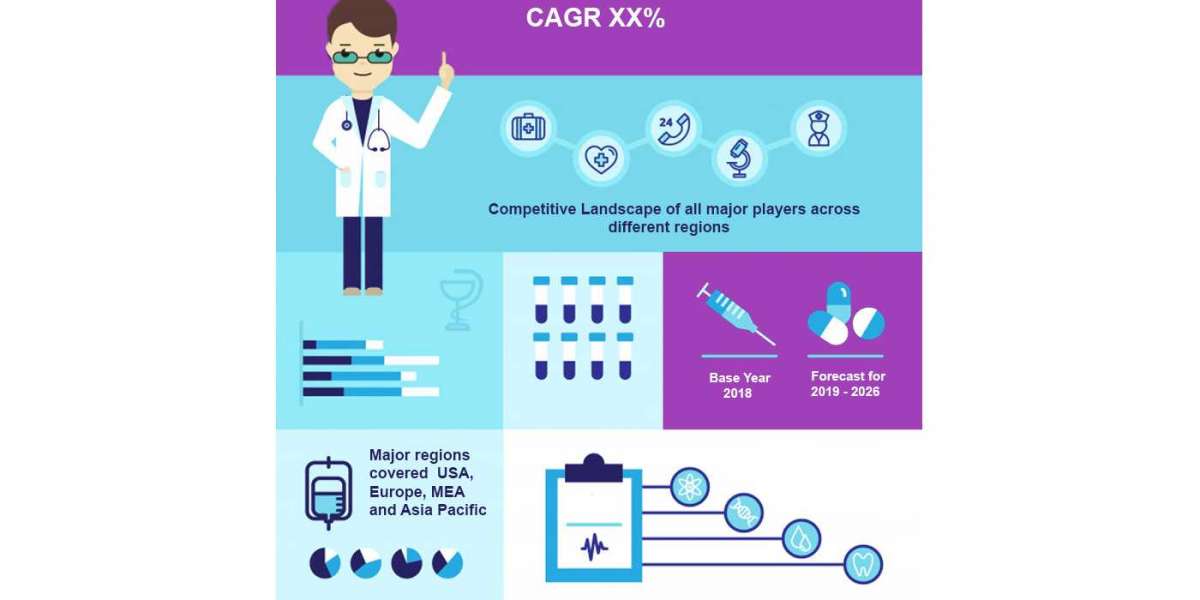Introduction
Pain, an intricate and universal human experience, has prompted the development of various pain killers to alleviate discomfort and enhance the quality of life for individuals facing diverse pain conditions. In this comprehensive exploration, we will delve into the multifaceted world of pain killers, examining their classifications, mechanisms of action, potential benefits, inherent risks, and the evolving landscape of pain management.
Understanding the Prevalence of Pain and the Need for Relief
Pain is an intricate phenomenon that can arise from various sources, ranging from injuries and surgeries to chronic conditions. Pain killers, or analgesics, play a pivotal role in managing and mitigating the impact of pain on individuals' daily lives.
Classification of Pain Killers
Non-Opioid Analgesics
Acetaminophen (Paracetamol):
Acetaminophen stands as a widely used non-opioid analgesic celebrated for its efficacy in reducing pain and fever. Operating centrally in the brain, it inhibits prostaglandin synthesis, providing relief without significant anti-inflammatory effects. Responsible use is crucial to prevent potential liver damage associated with excessive doses.
Nonsteroidal Anti-Inflammatory Drugs (NSAIDs):
NSAIDs, including aspirin, ibuprofen, and naproxen, form a diverse group of non-opioid analgesics with anti-inflammatory properties. By inhibiting cyclooxygenase (COX) enzymes, NSAIDs reduce prostaglandin production, offering relief from pain and inflammation. Long-term use necessitates careful consideration due to potential gastrointestinal and cardiovascular risks.
Opioid Analgesics
Morphine, Oxycodone, Codeine:
Opioid analgesics, derived from opium or synthetically produced, are renowned for their potency in modulating pain perception. They achieve this by interacting with specific receptors in the brain and spinal cord. While highly effective for severe pain, opioids come with the inherent risk of dependence and addiction, demanding vigilant management.
Mechanisms of Action
Non-Opioid Analgesics
Acetaminophen:
The precise mechanism of acetaminophen is not fully understood, but it is believed to act centrally in the brain. It inhibits prostaglandin synthesis, resulting in analgesic and antipyretic effects that contribute to pain relief and fever reduction.
NSAIDs:
NSAIDs exert their effects by inhibiting cyclooxygenase (COX) enzymes, responsible for the production of prostaglandins. By reducing prostaglandin levels, NSAIDs alleviate pain and inflammation.
Opioid Analgesics
Morphine, Oxycodone, Codeine:
Opioid analgesics bind to specific receptors called opioid receptors in the brain and spinal cord. This interaction modulates the transmission of pain signals, altering the perception of pain. However, the use of opioids comes with the risk of side effects, tolerance, dependence, and addiction.
Balancing Benefits and Risks
Acetaminophen: A Safer Option with Caution
Acetaminophen is generally considered safe within recommended dosage limits. However, exceeding these limits can result in severe liver damage. Individuals with liver conditions or those who consume alcohol regularly should exercise caution and consult healthcare providers before using acetaminophen.
NSAIDs: Gauging Long-Term Use
NSAIDs are effective in reducing pain and inflammation, but their long-term use may lead to gastrointestinal issues, ulcers, and cardiovascular risks. Healthcare providers must carefully weigh the benefits against potential risks, considering individual health conditions and prescribing alternatives when necessary.
Opioids: Navigating Dependence and Addiction
The use of opioid analgesics for pain management carries a significant risk of dependence and addiction. The opioid epidemic has prompted increased awareness and cautious prescribing practices by healthcare providers. Initiatives such as prescription monitoring programs aim to curb opioid misuse and enhance patient safety.
Individualized Treatment Plans
Tailoring pain management plans to individual needs is crucial. Factors such as the type and cause of pain, medical history, and potential interactions with other medications should be considered. Collaborative discussions between healthcare providers and patients help navigate the complexities of pain management, ensuring a balanced approach that optimizes benefits while minimizing risks.
Responsible Use of Pain Killers
Patient Education and Awareness
Patients need access to accurate information about the pain killers prescribed to them. Healthcare providers play a crucial role in educating patients about proper usage, potential side effects, and the importance of adhering to prescribed dosages.
Monitoring and Follow-Up
Regular monitoring and follow-up appointments with healthcare providers are essential, especially for individuals using long-term pain killers. This allows for the assessment of treatment efficacy, identification of any adverse effects, and adjustments to the treatment plan as needed.
Risk Assessment
Before prescribing pain killers, healthcare providers should conduct a thorough risk assessment, considering factors such as the patient's medical history, potential for substance abuse, and the presence of coexisting conditions. This information helps tailor the treatment plan to minimize risks.
Alternative Modalities
Encouraging the incorporation of non-pharmacological approaches, such as physical therapy, acupuncture, and mindfulness-based techniques, can complement the use of pain killers. This approach aims to reduce reliance on medications and promote a more holistic approach to pain management.
The Evolving Landscape of Pain Management
Virtual Reality (VR) Therapy
Virtual Reality (VR) therapy has emerged as a promising non-pharmacological method for managing pain. By immersing individuals in simulated environments, VR therapy provides a distraction from pain sensations. As technology advances, VR therapy is likely to become more sophisticated and accessible in healthcare settings.
Transcranial Magnetic Stimulation (TMS)
Transcranial Magnetic Stimulation (TMS) is a non-invasive technique that uses magnetic fields to modulate neural activity in specific brain regions. Originally developed for psychiatric conditions, TMS is now being explored for its potential in managing certain types of chronic pain. Research in this area aims to unravel the mechanisms behind TMS-induced pain relief.
Telehealth and Digital Health Solutions
Advancements in telehealth have transformed access to pain management. Remote consultations, digital monitoring, mobile applications, and wearable devices provide real-time data for personalized pain management solutions. This integration of technology enhances accessibility and allows for continuous monitoring of chronic pain conditions.
Personalized Medicine
Advances in genetic research and personalized medicine hold the potential to tailor pain management approaches based on individual genetic profiles. This personalized approach aims to optimize treatment efficacy while minimizing adverse effects, representing a significant shift towards more targeted and efficient pain relief strategies.
Conclusion: Navigating the Complex Tapestry of Pain Management
In the expansive realm of pain management, the landscape of pain killers is diverse and continually evolving. Striking a balance between providing effective relief and minimizing risks requires a comprehensive and individualized approach. With ongoing advancements in technology, genetics, and our understanding of pain, the future holds promising possibilities for more personalized and efficient pain relief strategies.









